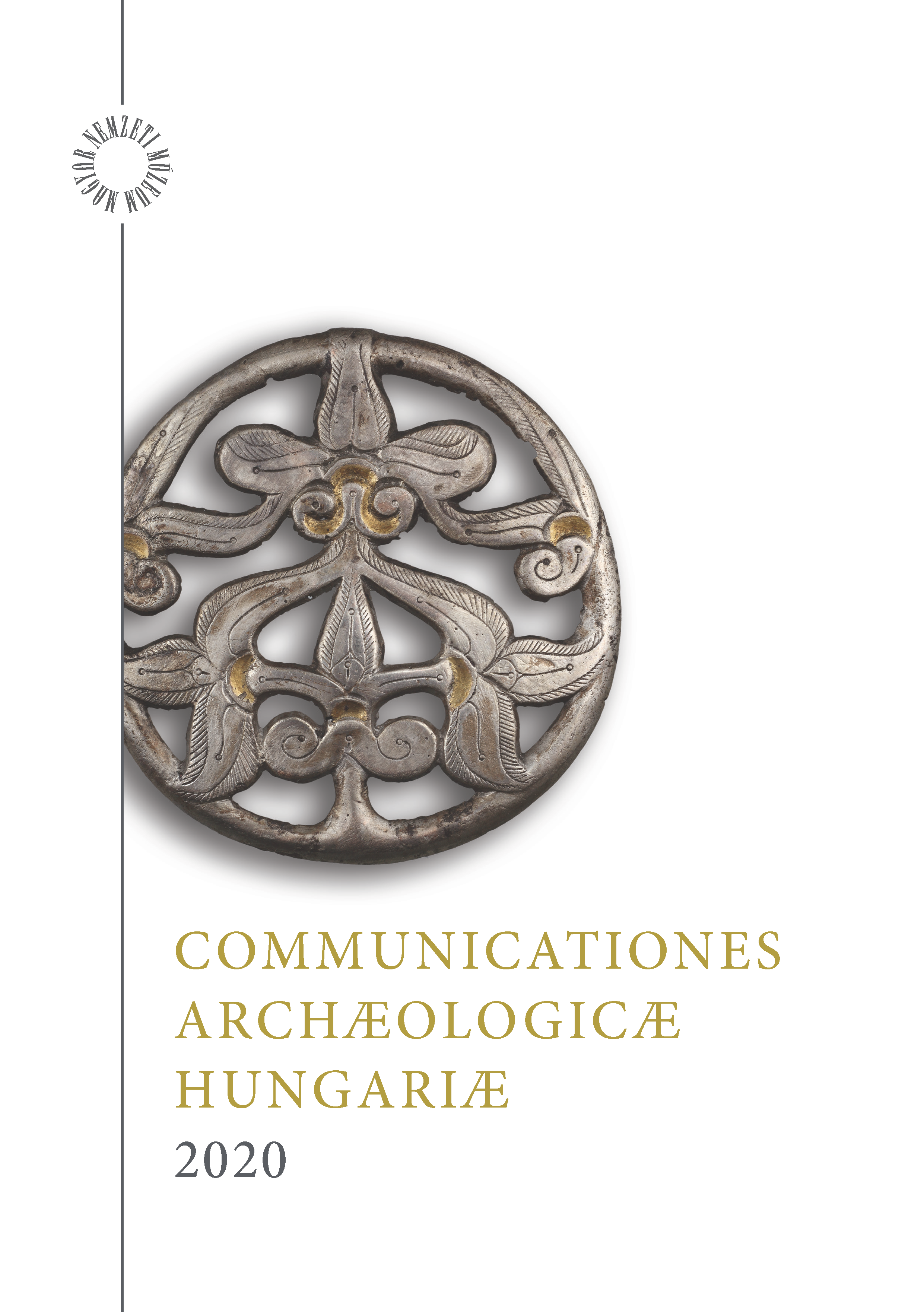The cultural position of a Late Bronze Age community in the interaction network of the early Urnfield period
Published 2022-03-03
Keywords
- early Urnfield period, pre-Gáva horizon, cultural connections, network analysis
How to Cite
Abstract
The material culture of the communities living in the Middle Tisza Region during the 14th–13th centuries BC was formed by multiple cultural effects of diverse origin. The archaeological record of the settlement in Tiszabura, dated to the pre-Gáva period, is marked by an influence of the early Urnfield culture, maintaining strong connections with Transdanubia and the Eastern Alpine region, as well as by the local ceramic style having Belegiš II-type elements of Bánság origin blended in.
The thousands of ceramic sherds yielded by a large-scale excavation of the site made it possible for one to create a network based on ceramic styles and surface treatment. The topology and resource distribution model of the constructed graph describe the direction and intensity of the Tiszabura community’s strongest connections and define its position in the interaction network of contemporary communities.


